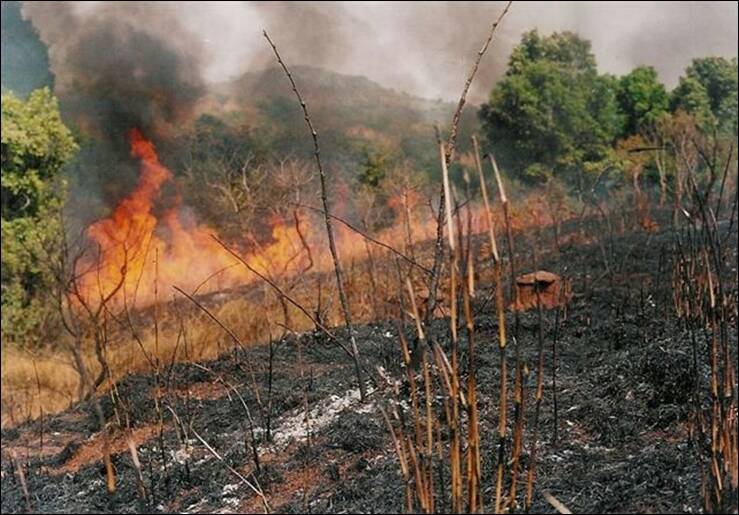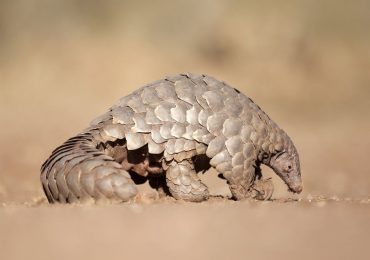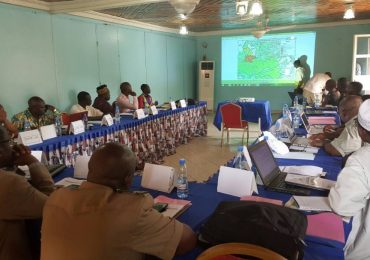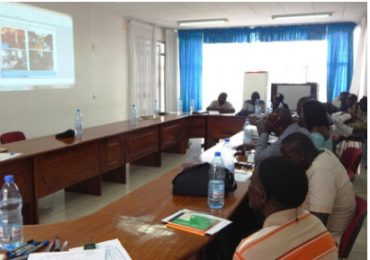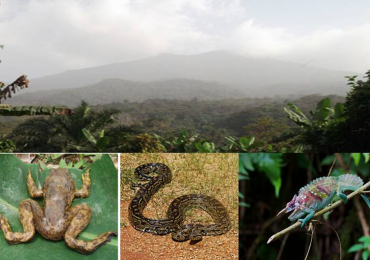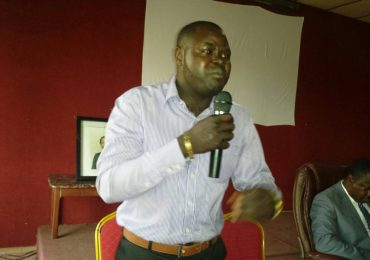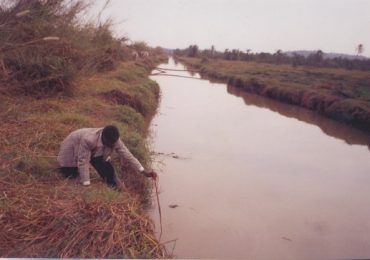Bush burning is the act of setting forests, weeds and grasses in uncultivated farmlands on fire. Sometimes weeds or grasses cleared from farms are gathered haphazardly and burnt. Most farmers engage in this practice as a way of clearing their farms in preparation for planting.
Most times when I travel within the Southwest Region, I try as much as possible to keep my eyes open. I use my eyes as camera lens to capture images which I store in my imagination. I use my eyes to observe issues, reflect and ponder on their relevance, and then give them expression through my opinion piece.
This write-up may appear as another opinion piece. But the message should be taken for what it is. A message anchored on my observation of deliberate actions and or prevailing ignorance among the farming communities within the Southwest Region. Many farmers have taken to bush burning as a practice of land preparation. This practice has gradually subsumed land or bush clearing. It is usuallydonepre-planting. Here we are, with a new planting season fast approaching.
In Bombe Bakundu and Balangi communities in Meme Division, it is common place to see large uncultivated farm lands set ablaze on the premise of clearing the bush.
Atem John, a local farmer in Balangi says bush burning is faster and easier than the rigours of clearing.
“Sometimes you can’t do your clearing alone. You have to engage labour. Where will the money come from,” he asked, adding that “However,when you burn the bush, you only return to gather the debris, may be waiting for the rains to start planting.”
John’s views are also shared by Pauline, a crop farmer in Ngeme west coast Limbe. For her, it is cheap and less time consuming, though she actually prefers clearing her farms.
Mr. William, a former staff of Fako Divisional Delegation of Agriculture and Rural Development in Limbe posited that the issue has been a lingering one.
“We have done our best in educating farmers about this, presenting them with alternatives, best of which is clearing their farms. But it’s near impossibility to monitor what goes on in their farms,” he attested
To farmers, bush burning seems a harmless folly but the consequences are dire, more so when it becomes a regular practice. It leads to loss of soil fertility. Humus on the surface of the soil is burnt, same as bacteria, earthworm and fungi, which brings about decay in the soil.
It also affects soil moisture, though this largely depends on the intensity of the fire and how long it burns. Low intensity bush burning will affect soil condition but not to the extent of a fire with hardwoods. Bush burning causes the soil to loose ability to absorb and retain water. After a fire, the top layer of soil may become water repellent, which makes rain to drain off the soil without absorbing into the ground.
In fact, the greater the intensity of the fire, the more likely the soil will become water repellent. Once fire consumes bushes, there will be loss of shades and the roots of plants will no longer pull moisture into the soil. Soil moisture evaporates.
Because bush burning may cause the soil to be less stable, in which case erosion becomes a major concern. The loss of root systems, coupled with the water runoff caused by soil water repellence, can allow much of the soil to wash away. Shallow-rooted plants are affected by unstable soil, as they depend on vegetation such as shrubs and bushes, to hold the soil in place.
It increases soil temperature. Burning the bush exposes the soil to heat and sun. This lack of shade raises the temperature of the soil. When the fire also causes the soil to become water repellent, the soil will be even warmer due to the lack of moisture. Depending on the ecosystem, this warmer soil may hinder seed germination. Microbes present in the soil, if not killed by the burning, may not survive in the warmer soil. Many plants depend on soil microbes and though they may grow, will not thrive if microbes are absent from the soil.
Nitrogen is bound in soil in an organic form. This organic nitrogen releases slowly into the soil and is made available for plants to use. Bush burning changes organic nitrogen into mobile nitrates. Plants are able to use mobile nitrate easier than organic nitrogen, and this accounts for the sudden plant growth that appears after a fire. However, mobile nitrates are more susceptible to being washed away with water runoff. Long-term bush burning creates soil that is lacking in nitrogen. Micronutrients, normally present in soil with decomposing vegetable matter, are lacking in soils after a fire. The combustion process of bush burning also increases soil’s pH. This is problematic in ecosystems that rely on low pH values, and native vegetation may have a hard time establishing itself again. There is always the risk of destroying plant community. Animals that live on these plants community are either killed in the process or forced to move to other suitable surrounding areas.
Sometimes flames from bush burning go on for days with heavy emissions of smoke which pollute the atmosphere. This carbon emissions no doubt contribute to global warming. Often the fires become uncontrollable and lead to wildfire with massive destruction of cash crop farms, trees and forests. Electricity and telecommunication installations crossing over bushes have also been destroyed by wild fire due to bush burning.
It is understandable that the whole activity of farming is quite demanding, both in human and financial resources. This should not call for an easy way out or indulgence in destructive practices like bush burning. Bush burning should be discouraged as a method of land preparation.
By Godycreativeluba.godwin@facebook
Tel. +237651274378
Godwin Luba ( with the pen name Godycreative) is a freelance journalist and writer, with experience spanning over five years. He began his tertiary education at the University of Ibadan Nigeria and later trained at the London school of journalism, with other certificate courses from reputable institutions abroad. He writes on diverse development and environmental issues. He lives with his family in Limbe, Cameroon.


